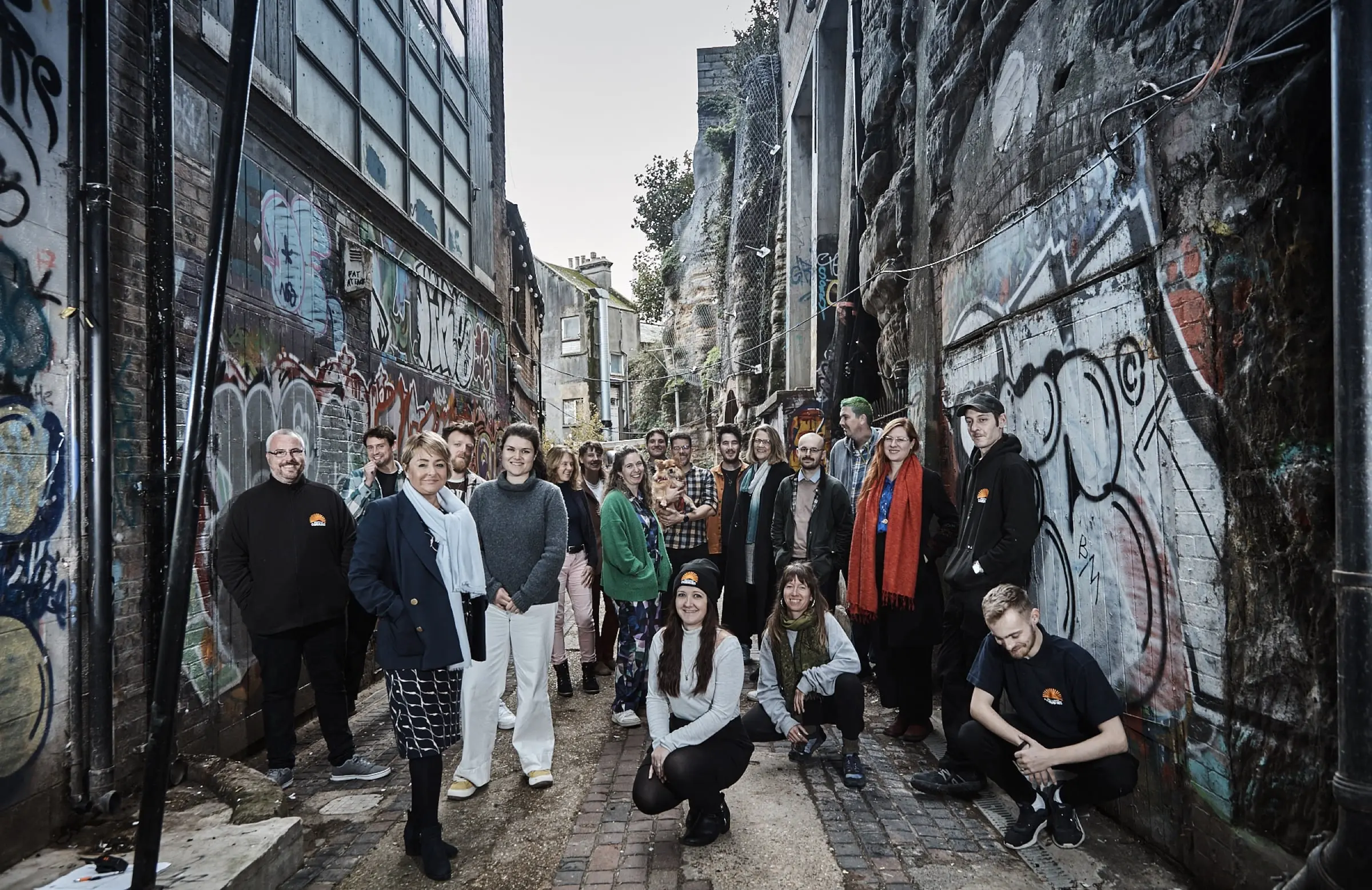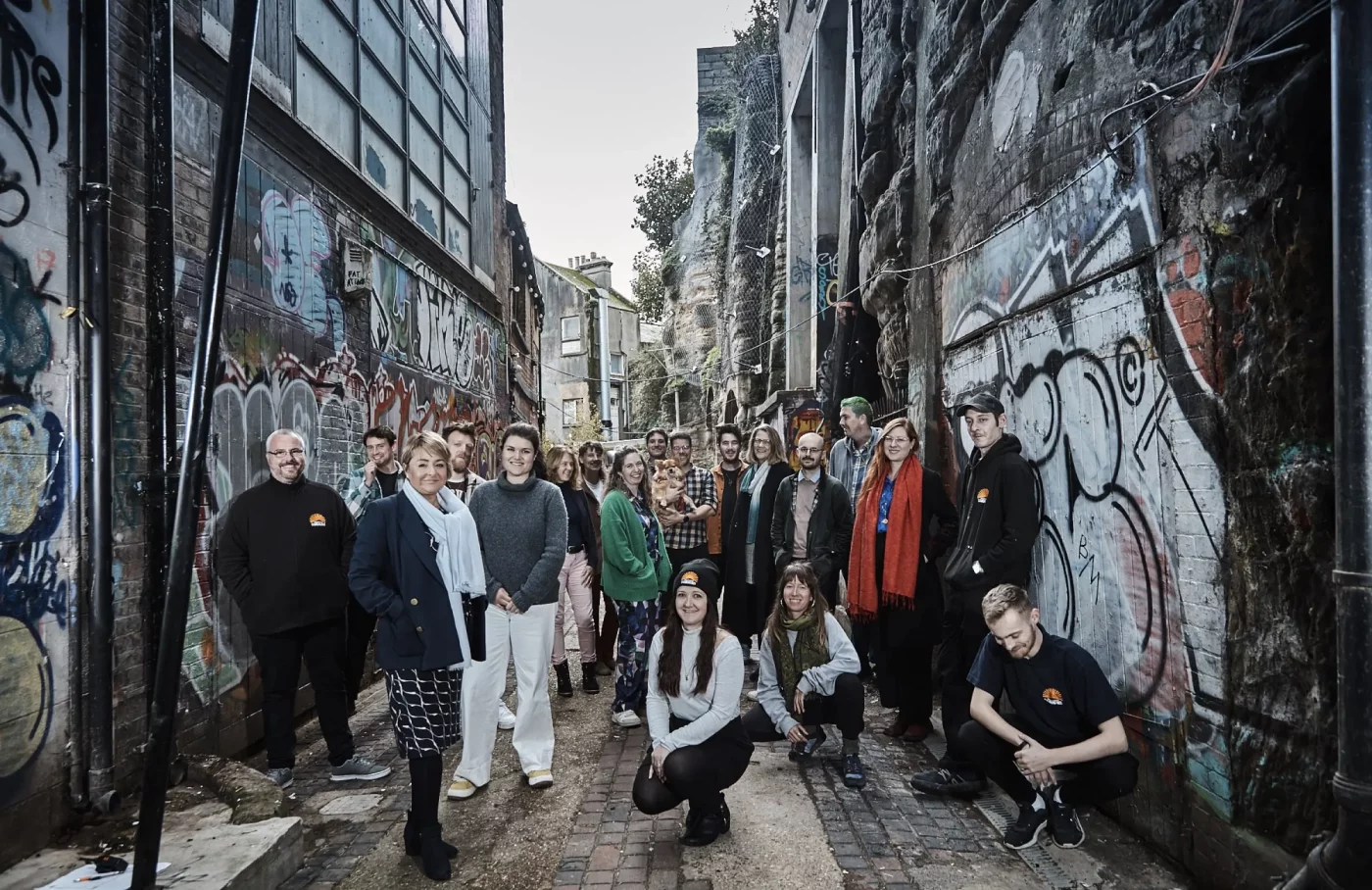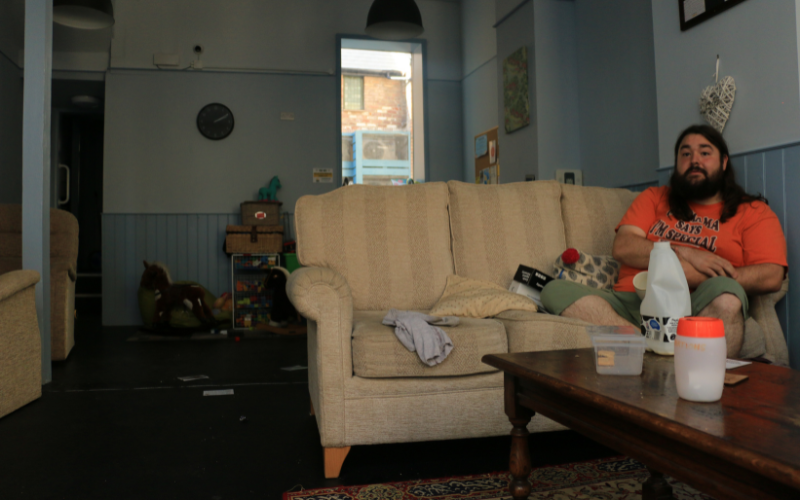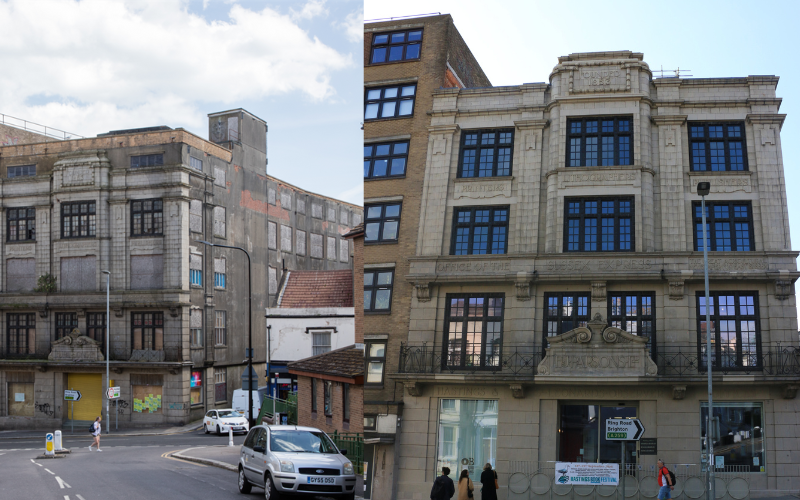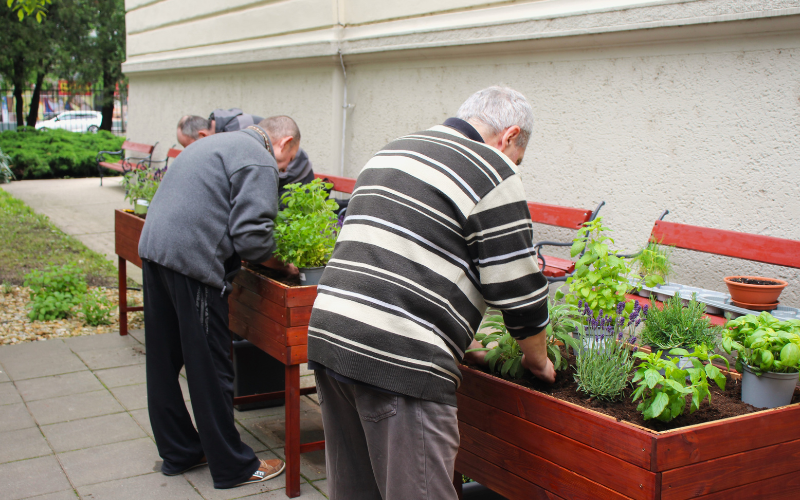When we think about the supply of affordable housing in the UK, we tend to picture standardised new builds, delivered by local government, housing associations and housing developers. We rarely imagine a community group leading the redevelopment of disused buildings and turning them into homes for fellow community members. Yet, an ‘Urban Commons’ (a type of community enterprise) in the English seaside town of Hastings has done just that.
Recognising the dire housing need in Hastings and a lack of progress from traditional sources, a set of community-based organisations have worked closely together for a decade to establish Hastings Commons. Their mission was to take derelict and unused buildings around the White Rock area of Hastings into community custody, and transform them into homes, social spaces and workspaces that will always be affordable and accessible to all of the town’s residents.
By rethinking what community-led housing (CLH) can be, Hastings Commons provides a legitimate alternative to conventional housing models: one that doesn’t work for profit, prioritises community ownership, affordability, active participation, and long-term sustainability. Over the past ten years, it has brought 8,500 square metres under community ownership, positively impacting around 6,400 people.
Hastings Commons has not only delivered affordable homes and community spaces, but also created a stronger, more connected community. Their hope is to secure long term revenue streams so the Commons can continue to support current residents, as well as future generations in Hastings.
